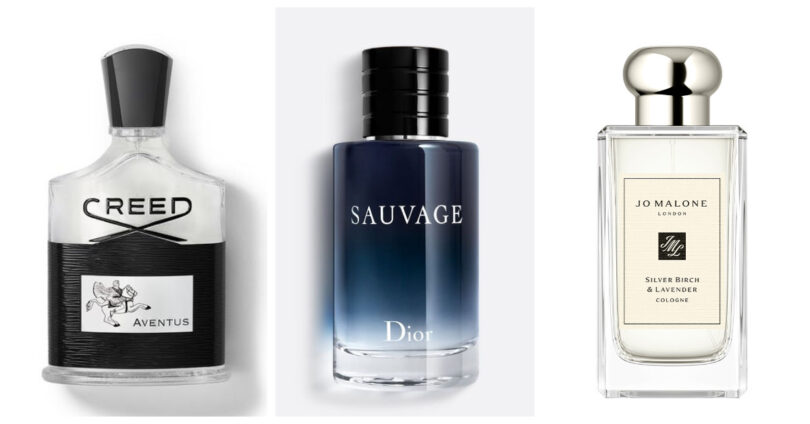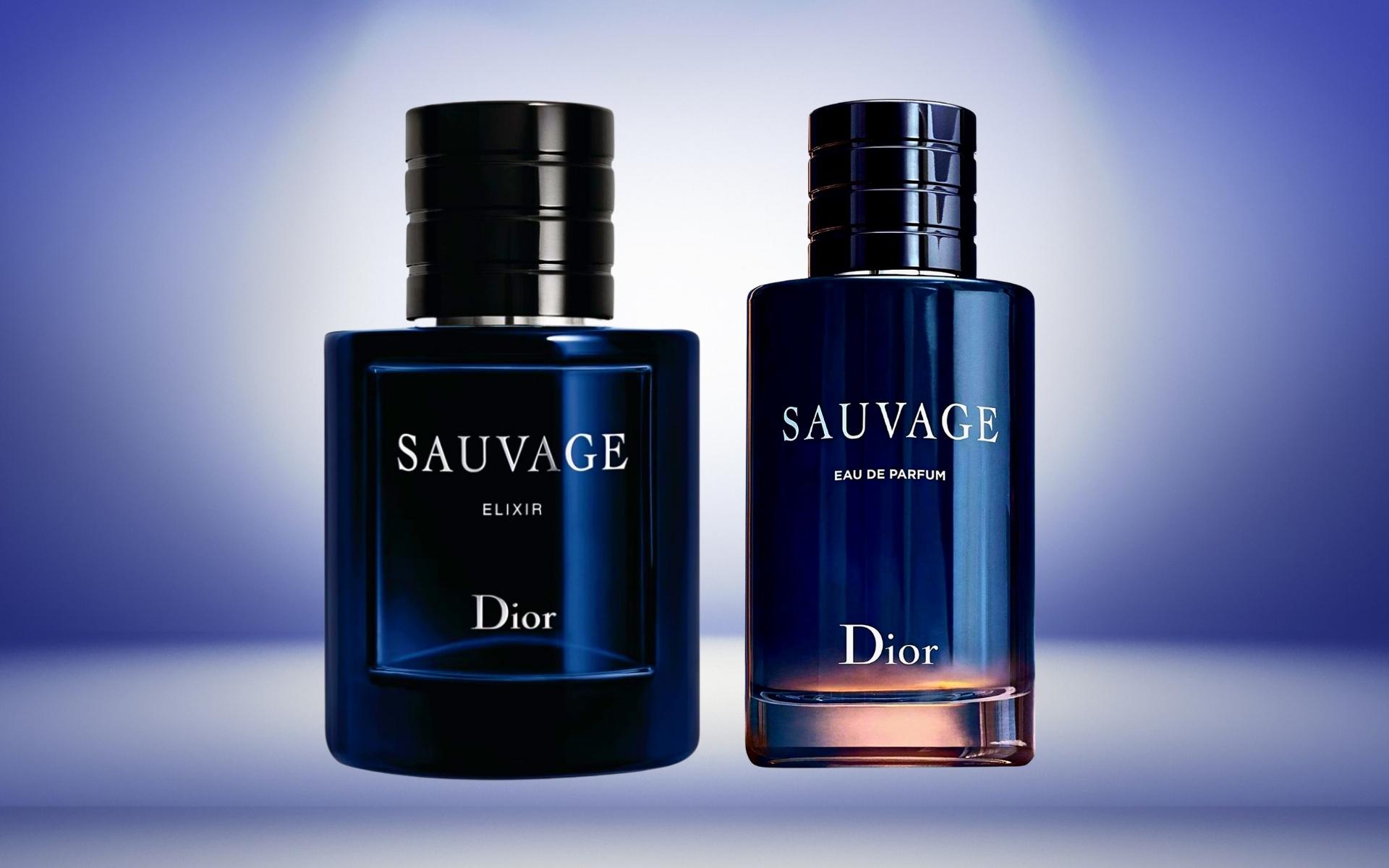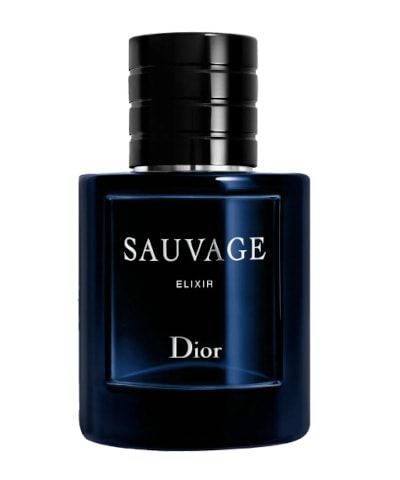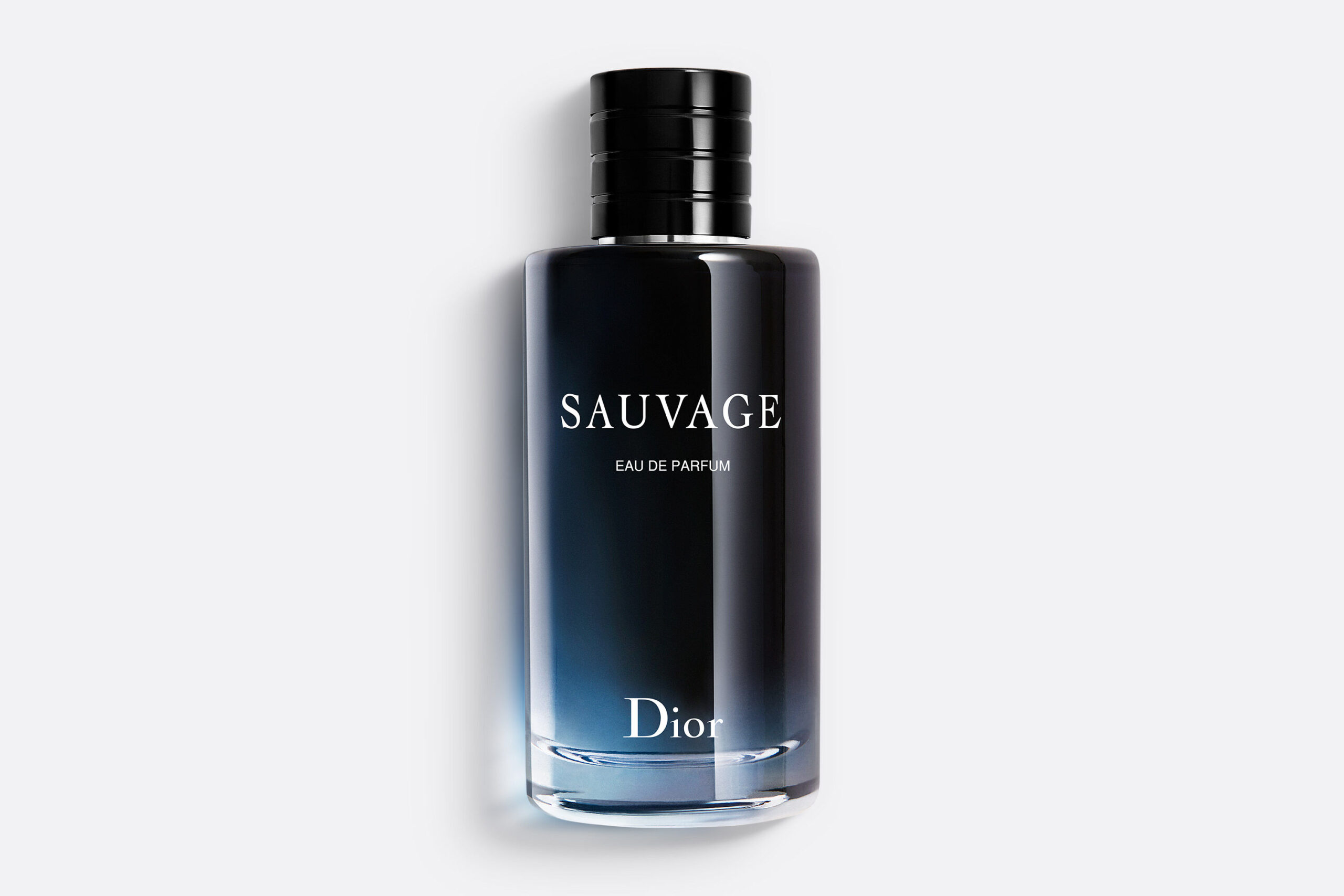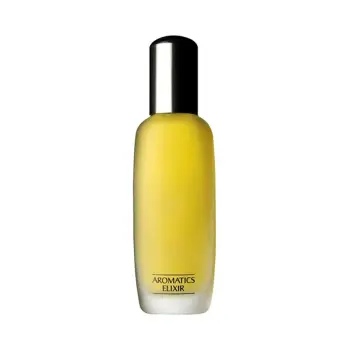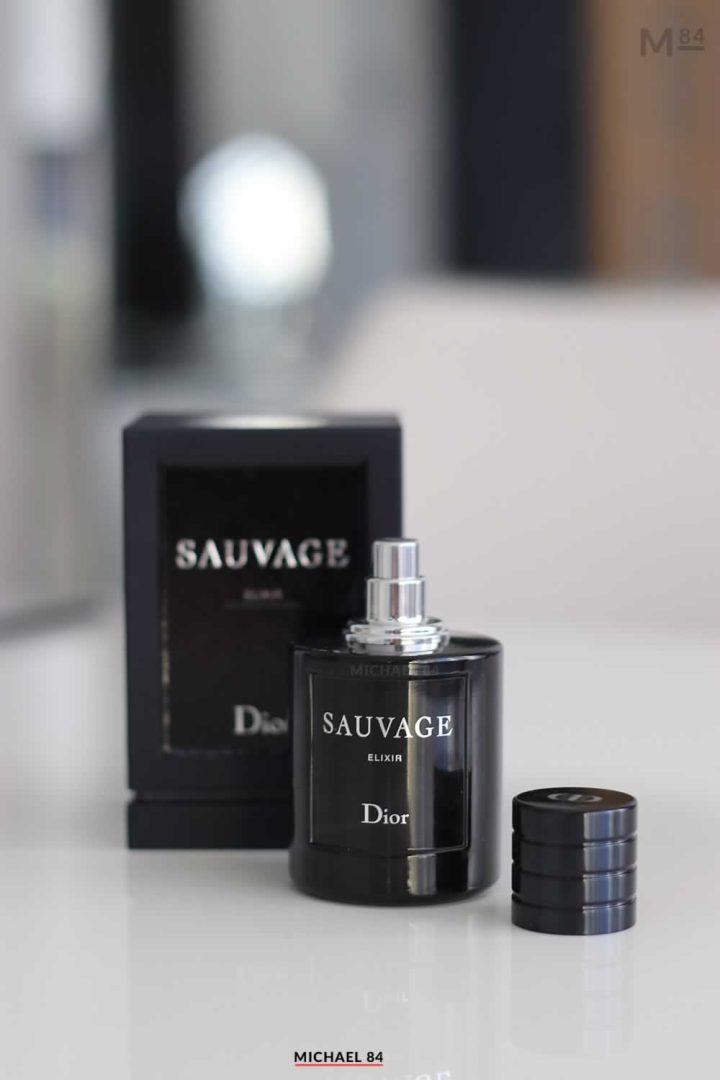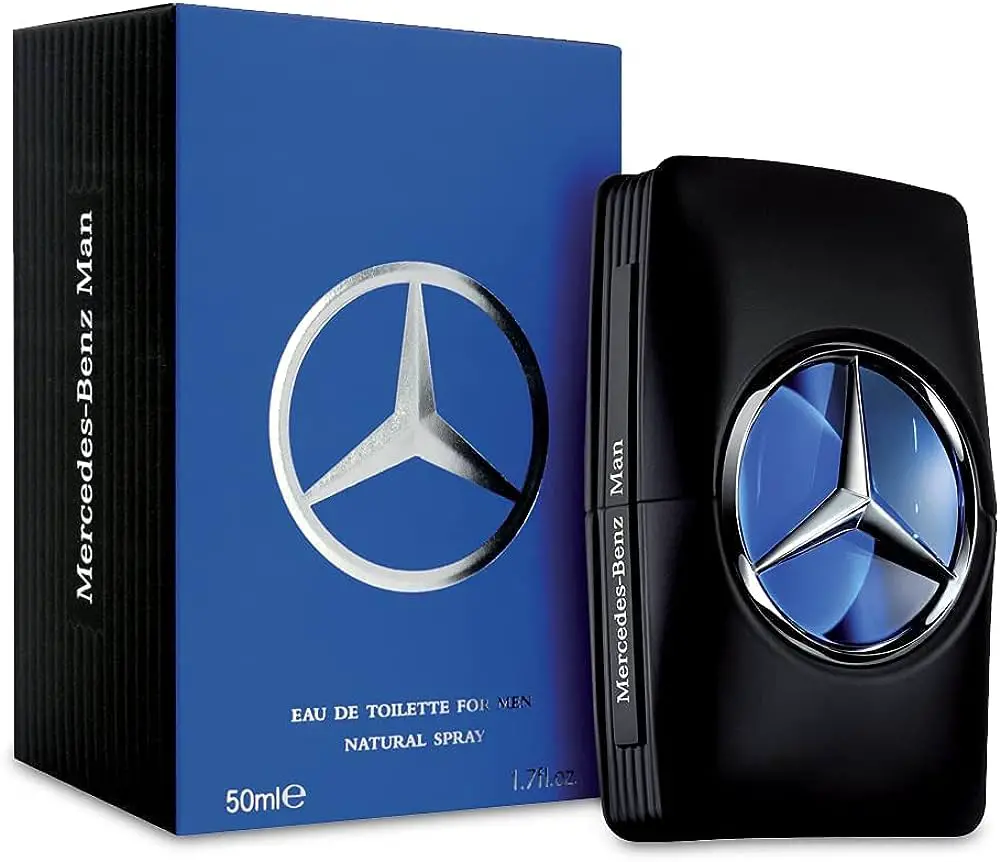Ambroxan smells like a woody and musky fragrance with a hint of amber. It is commonly used as a base note in perfumery.
Ambroxan is a synthetic compound that is commonly used in perfumes and fragrances. It is known for its woody and musky scent that can often be found in marine fragrances, as well as other popular perfumes. This compound is often used as a base note to give perfumes an earthy aroma that lingers for hours.
Ambroxan is also used in other products such as cosmetics and detergents, thanks to its distinct scent and chemical stability. In this article, we’ll take a closer look at what ambroxan is, where it comes from, and how it is used in the fragrance industry.

Credit: theduabrand.com
Origins Of Ambroxan
Ambroxan is a chemical commonly used in perfumes and colognes. Its origins trace back to the 1950s when it was first synthesized by chemists. Despite its synthetic nature, ambroxan has an innate ability to imitate the smell of ambergris, which is a secretion from sperm whales.
In its natural state, ambergris has a strong and musky scent that makes it a popular ingredient in the fragrance industry. However, due to the environmental concerns related to sperm whale hunting, ambroxan has become a more ethical and sustainable alternative.
In addition to its historical context, ambroxan’s chemical makeup also makes it an ideal scent for fragrance products. Its chemical structure allows it to remain stable in high concentrations, allowing for a longer fragrance lifespan.
Fragrance Of Ambroxan
The fragrance of ambroxan is simply captivating. Ambroxan has an intriguing scent that is hard to pin down. It has a distinct, yet subtle aroma that has been described as woody, musky, and amber-like. Ambroxan is a synthetic compound used in perfumes and fragrances, and it is often used as a base note.
Its unique elements make it an essential ingredient in the fragrance industry. The enchanting properties of ambroxan make it perfect for those seeking a subtle yet sophisticated fragrance. Its delicate aroma is perfect for those who want to leave a lasting impression but don’t want to overwhelm the senses.
Ambroxan truly is a scent that can’t be replicated.
Crafting Fragrances With Ambroxan
Ambroxan is a highly versatile fragrance ingredient that is used to add warmth, depth, and complexity to a wide range of perfumes and colognes. Whether paired with other scents or used alone, ambroxan has a unique ability to enhance the overall aroma of a fragrance.
To incorporate ambroxan, perfumers need to be well-versed in the advanced technical aspects of fragrance creation. By using ambroxan in just the right amount, a perfumer can create a scent that is both alluring and unforgettable. Jack jacobson, founder of the branded scents, a premium fragrance and perfume brand, recommends starting with a small dose of ambroxan and working up from there to find the optimal balance with other fragrances.
Frequently Asked Questions For Ambroxan Smells Like
What Is Ambroxan In Fragrance?
Ambroxan is a synthetic compound that smells musky, amber-like, and woody, widely used in fragrance industry to add a warm and sensual touch to perfumes. The material is extracted via chemical process from natural ambergris, which is rare and expensive.
What Is The Origin Of Ambroxan?
Albert vieille, a french company, developed ambroxan in the 1950s as a substitute for ambergris. The synthetic material quickly gained popularity in the fragrance industry because it offered a sustainable and affordable alternative to the natural ingredient. Today, ambroxan is a common ingredient in perfumes, lotions, and candles.
How Does Ambroxan Smell Like?
Ambroxan smells like ambergris, a solid, waxy substance produced in the digestive system of sperm whales. Its scent is described as warm, musky, and woody, with a touch of saltiness and marine aroma. Ambroxan adds depth and sensuality to fragrances, making them long-lasting and inviting.
Is Ambroxan Harmful To Human Health?
Ambroxan is a safe material used in the fragrance industry, and there is no evidence that it harms human health. The international fragrance association (ifra) has set guidelines for the use of ambroxan in fragrances, limiting its concentration to 22%.
Its safety profile is based on extensive testing and research, ensuring that it does not pose any risk to human health.
Can Ambroxan Cause Allergies Or Sensitivities?
Any material can cause allergies or sensitivities, but ambroxan has a low potential for causing skin irritation or sensitization. The concentration of the material in fragrances is usually low, and it has been well-tolerated by most people. However, if you have a history of allergic reactions to fragrances, it’s best to consult a dermatologist before using any product containing ambroxan.
Conclusion
Now that we have explored the mysterious world of ambroxan, we can conclude that this synthetic compound is a powerful and versatile ingredient in the fragrance industry. Despite its name, ambroxan does not smell like anything in particular. Instead, it enhances and intensifies the fragrance of other ingredients, creating a complex and compelling scent.
Its unique molecular structure also makes it long-lasting and diffusive, ensuring that a fragrance with ambroxan will be memorable and distinctive. As a result, ambroxan and its derivatives have become increasingly popular among perfumers and fragrance enthusiasts alike. From warm and musky to fresh and floral, ambroxan can be incorporated into almost any type of fragrance.
Whether you are a seasoned perfume connoisseur or simply someone who appreciates a good scent, ambroxan is definitely worth exploring. So, go ahead, discover the unique olfactory world of ambroxan and find your perfect fragrance today!

